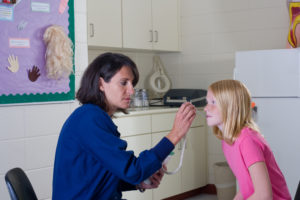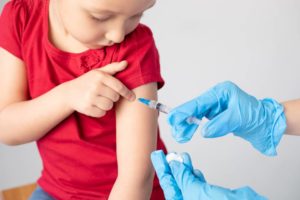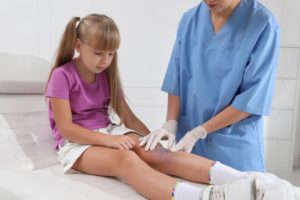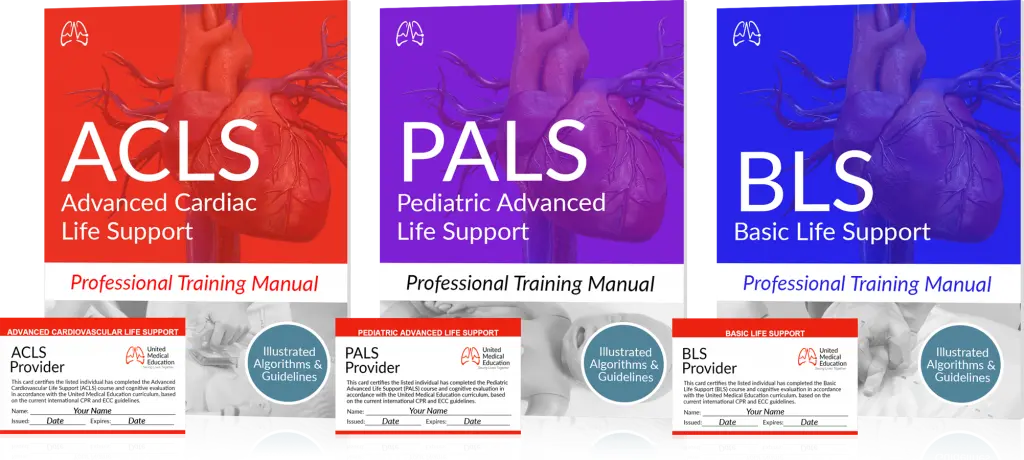When my niece was in the 9th grade, several of her mates fell ill after eating at the school cafeteria. Mrs. Lawson, their school nurse, dealt with lots of sick students throughout the day. Despite the chaos, she managed to take care of everyone, including my niece. She provided the necessary aid, and coordinated with the hospital for those severely affected. Her hard work and dedication during that stressful time were admired by the parents of those affected and the staff.
When discussing school safety, thoughts often drift towards reinforcing perimeters, hiring vigilant security personnel, and implementing emergency drills. However, there’s an important aspect that goes beyond these measures – the role of school nurses. Ensuring the safety of hundreds of children every day, these healthcare warriors form the first line of defense in school medical emergencies. Their role is even more important considering the medical emergencies that can occur in the school environment.
School safety is more than just keeping potential threats out—it’s about fostering an environment where students can learn and grow with the peace of mind that help is at hand when they need it. This is why the CPR AED and First Aid class is important.
The Need for CPR, AED, and First Aid Certification in Schools
The school environment is a dynamic one, abuzz with activity and teeming with energy. Students explore their world, push boundaries, and create memories, often living out their days in excitement. However, this vibrant environment also poses potential risks and challenges. From vigorous physical education classes, where a missed step or an accidental collision could result in injury, to complex science experiments that may go south, the possibility of medical emergencies is ever-present.
Injuries, from the minor to the more severe, can occur in a blink of an eye. When these situations do arise, we need to be assured that our children are in capable and competent hands. This is where school nurses, the unsung heroes of our school systems, step in. Trained in crucial life-saving techniques such as CPR, AED use, and First Aid, school nurses can make a monumental difference in those critical, high-stakes moments.
For instance, my godson, Eric, told me a story about a girl who accidentally dropped a glass jar and ended up with several small shards in her hand during art class. Eric quickly rushed her to the school nurse, Ms. Peterson. Despite the small size of the glass pieces, she carefully removed each one, cleaned her wound, and dressed it carefully. Her steady hands and calming demeanor helped her through the pain and panic.
This story demonstrates that with these skills at their disposal, school nurses can spring into action promptly and decisively, carrying out procedures accurately and effectively. Whether it’s performing CPR on a student experiencing cardiac arrest, using an AED to restore normal heart rhythm, or applying first aid to treat injuries, their trained response can drastically improve the outcomes in emergency situations, potentially saving lives.
Understanding CPR, AED, and First Aid
CPR, AED, and First Aid are essential life-saving techniques that anyone responsible for children’s safety should know. CPR (Cardiopulmonary Resuscitation) is used when a person’s heartbeat or breathing has stopped, often due to cardiac arrest. An AED (Automated External Defibrillator) is a life-saving tool used in life-threatening cardiac conditions that diagnoses the heart’s rhythm and, if necessary, delivers an electric shock to help re-establish an effective rhythm. First Aid is the immediate assistance given to someone suffering from an illness or injury, from cleaning a minor wound to performing the Heimlich maneuver on a choking victim. United Medical Education offers training and certification in these areas to prepare school nurses for emergencies.
School Nurses as First Responders
School nurses hold a unique and indispensable role in the academic environment. They are much more than the caring individuals who hand out band-aids or soothe an upset stomach; they serve as the frontline medical professionals in school settings. Their role, often underestimated, extends well beyond the scope of addressing minor ailments or daily health-related needs of students.
Equipped with the invaluable tools and knowledge from comprehensive CPR, AED, and First Aid training, school nurses stand ready to step into situations that require immediate, expert medical response. Their swift and knowledgeable intervention can mean the difference between a minor incident and a major medical crisis.
With their extensive training, they can quickly assess the situation, taking into account the multitude of factors that can influence a student’s condition. They initiate life-saving measures with accuracy and efficiency, whether it’s performing chest compressions on a student who’s had a cardiac arrest, or using an AED to normalize irregular heart rhythms, or even applying a bandage correctly to control bleeding. They are also adept at keeping the situation under control, managing the scene, and helping reduce panic until the arrival of emergency medical services.
The Impact of CPR and AED Certification in Cardiac Arrest Cases
The critical importance of competently administering CPR and using AEDs during cardiac arrest scenarios is a reality that demands acknowledgment. Various research consistently substantiates this claim. The statistics show that if CPR is commenced immediately, in the aftermath of a cardiac arrest, it has the power to multiply the survival rate by two or even three times.
When you consider AEDs’ role, the data is equally compelling. An AED, when used within the first few minutes of a cardiac arrest, can catapult the chance of survival by a dramatic 70%. Such a percentage could translate to countless saved lives, especially in a busy school environment.
United Medical Education, fully aware of these facts, has dedicated its resources to provide programs designed to arm school nurses with the skills they require to handle high-pressure, life-or-death situations with confidence and competence. The training offered does not merely focus on the theoretical aspects. Instead, it provides comprehensive, practical knowledge and hands-on experience, promoting decisive action and effective performance.
The Role of First Aid in Common School Injuries
The daily hustle and bustle of school life can lead to various injuries and health issues. From falls during recess to allergic reactions at lunchtime, immediate and accurate response is crucial. Knowledge of First Aid allows school nurses to handle these situations promptly and effectively. Whether it’s treating a simple cut or responding to a severe asthma attack, they can provide immediate treatment, preventing conditions from worsening and ensuring the safety of students until more advanced medical help arrives.
Encouraging Wider Adoption of CPR, AED, and First Aid Certification
The importance of CPR, AED, and First Aid certifications for school nurses cannot be overstated. It’s time for a nationwide call for these vital skills. The benefits of such an initiative are manifold: improved student safety, increased parental confidence, and an enriched sense of community well-being. United Medical Education stands at the forefront of this cause, offering comprehensive training and certification in these areas. In addition, we provide free Pediatric Advanced Life Support (PALS) training and free practice exams for those who create a student account. Each step towards certification is a stride towards strengthening school safety.








